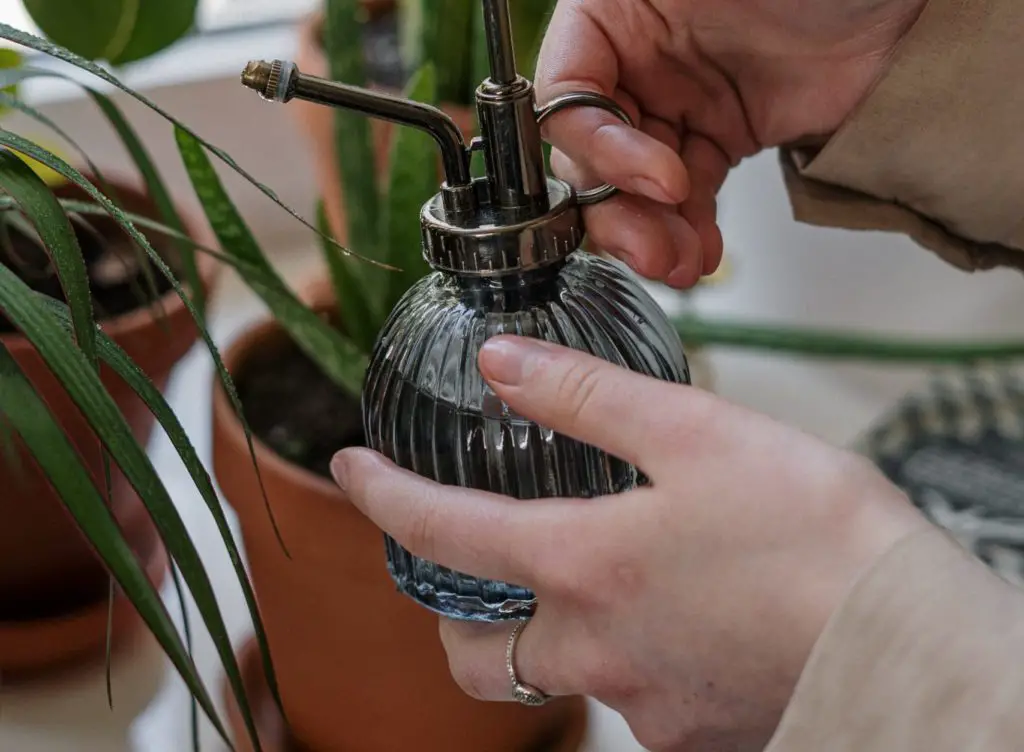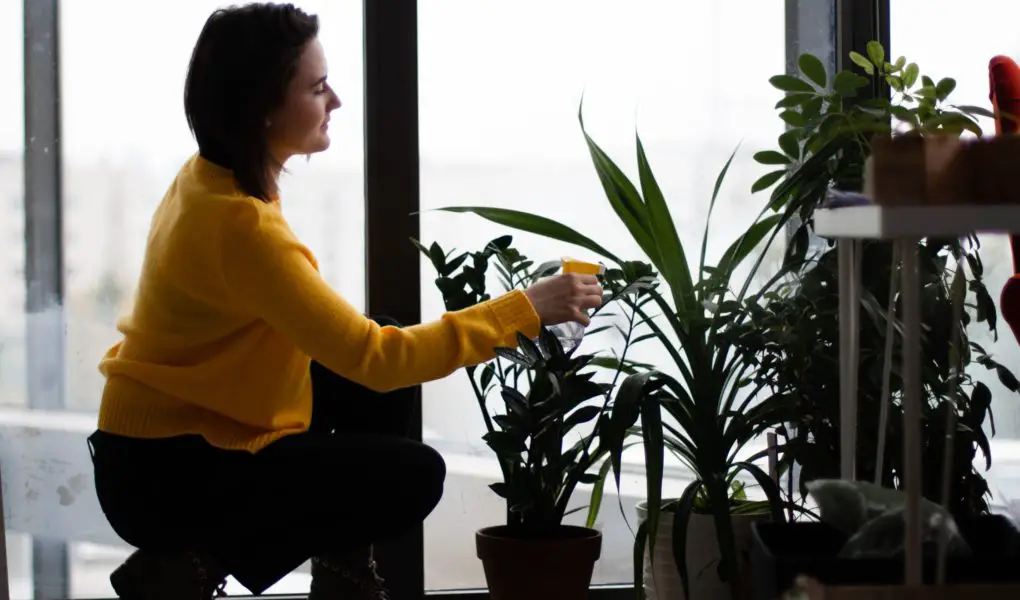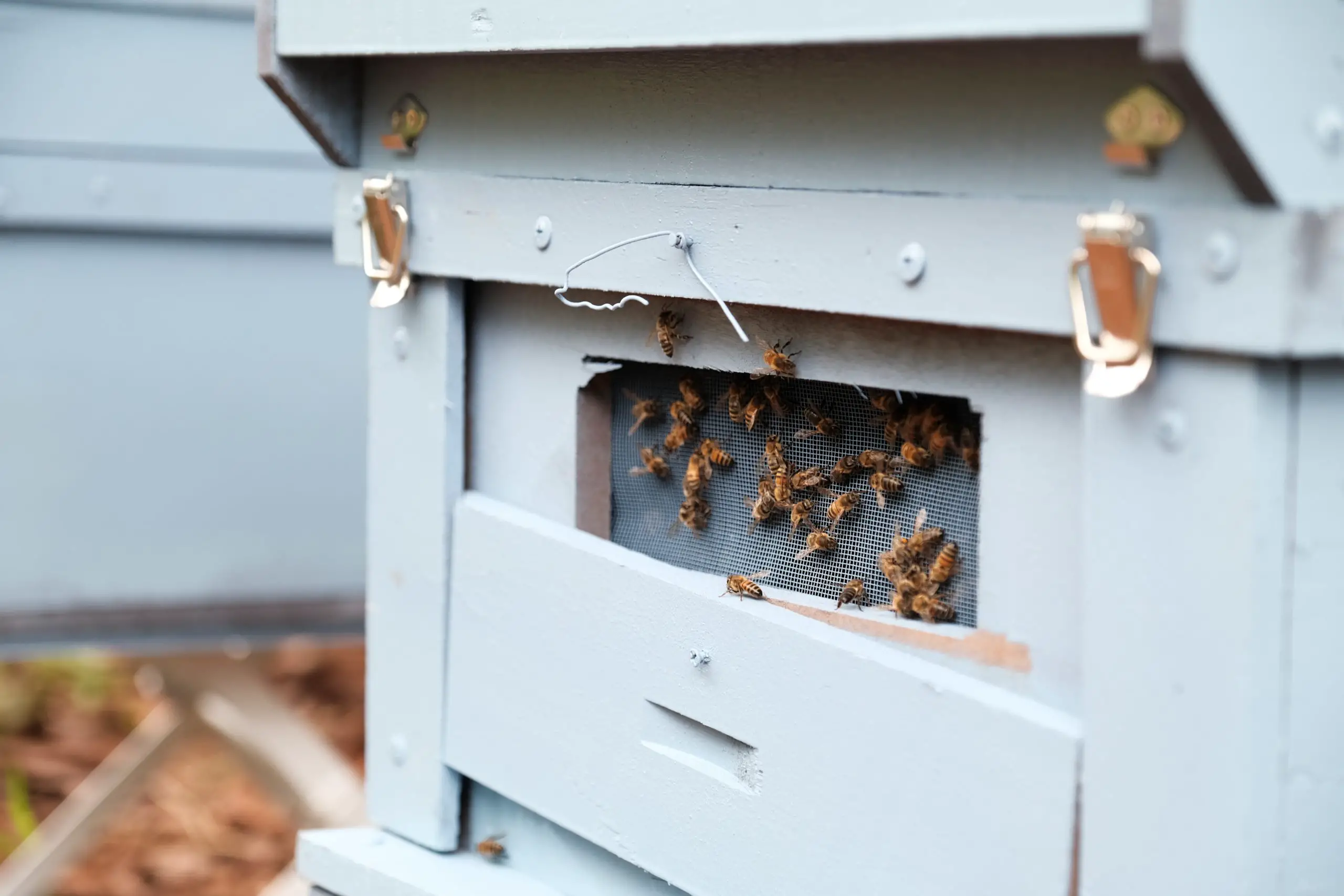Misting, done right, can be very beneficial for certain plants, but you have to know why, how, and when to mist. Plants that benefit greatly from this exercise usually come from tropical regions that have high humidity. In fact, many of the most popular and common houseplants today require some humidity. If the indoor environment is usually on the dry side, misting is able to raise the humidity. Although some argue that mere misting will not help elevate humidity enough, in which case a humidifier will do the job much better. Before we get to the how and when of misting, let’s look at which houseplants need misting.
These houseplants like to be misted
Consider where your plants grow in nature. If they come from warmer tropical regions, they will prefer moist conditions. Most of the plants listed below fall into this category. Likewise, plants that grow in more dry regions like succulents, do not require misting. You can also mist sensitive plants that generally do not require a lot of watering. Plants that naturally live in foggy areas, draw water from the fog cover, and like to be misted.
Air plants (Tillandsia) like to be misted too. This is because they absorb water and nutrients through leaves instead of root systems. Give these plants adequate airflow after mistings, so that the leaves do not stay wet for too long. See the list below for other houseplants that need misting.
| Air plants | Fittonia |
| Arrowhead plant | Indoor palms |
| Banana plant | Laceleaf |
| Caladium | Monstera |
| Corn plant | Orchids |
| Croton | Peace lily |
| Ctenanthe | Philodendron |
| Dwarf umbrella tree | Pilea |
| Ferns | Zebra plant |
| Sunnylifemag.com |
These houseplants do not need misting
If you need help in deciding which houseplants need misting, consider which region they are from. Succulents for example naturally thrive in arid and dry regions. Misting plants that should not be misted may cause rot and pest infestations. Other plants that do not require misting include your Pothos, your Spider plants, Ponytail plants (Beaucarnea recurvata), Dragon trees (Draceana marginata), Fiddle leaf fig (Ficus lyrata), Yucca, and Cissus.
Avoid plants with little fine hairs like African violets and Strawberry begonias. The foliage of these plants can easily mold and discolor when indoor airflow is insufficient and the water on the leaves does not dry out.
Choosing a mister

Yes, you can get a plain old plastic mister that does the job just fine. Your plants won’t know the difference. But you will. It’s something you will use on a regular basis and see every day. Whether you settle for a basic plastic mister, a stylish mister, or a heavy-duty plant mister, it should feel comfortable in your hand. Choose one that is ergonomically sound with a comfortable grip and able to hold enough water for your misting sessions. Many stylish ones look good but will hurt your hands when doing a lot of misting.
Choose the right water for your mister. Regular tap water contains many harmful chemicals and heavy metals that certain plants may be sensitive to. Opt for distilled water instead.
Last thoughts on houseplants and misting
Misting may almost seem like a right of passage. Something you only endeavor when you have more experience. Once you hold that mister in your hand it feels solemn. You realize things will never be the same between you and those houseplant that needs misting.
Enjoyed this article? You might like these too:
10 Most oxygenating houseplants are natural air filters too.
Popular houseplants you can use in an aquarium.
40 Popular houseplants that are poisonous to babies.
17 Of the best houseplants that stay small.
Watch out! These popular houseplants are unsafe for cats.
Image credits:
Cottonbro via Pexels
Daria Rem via Pexels




